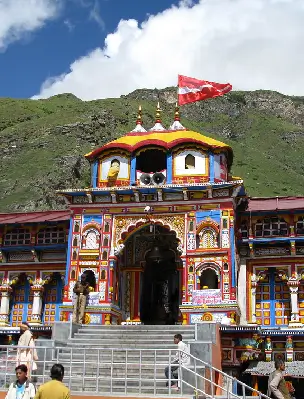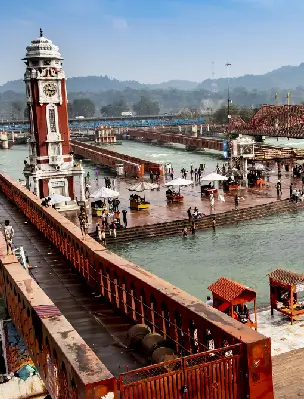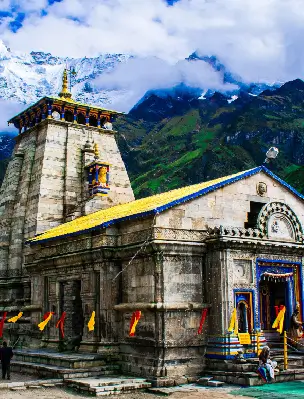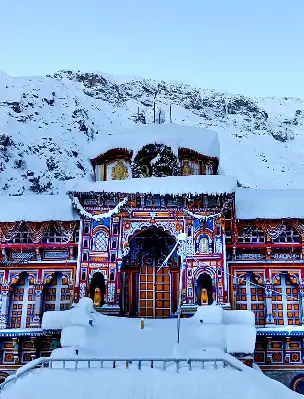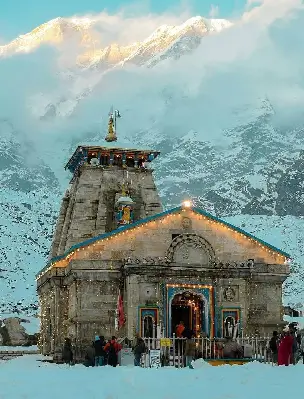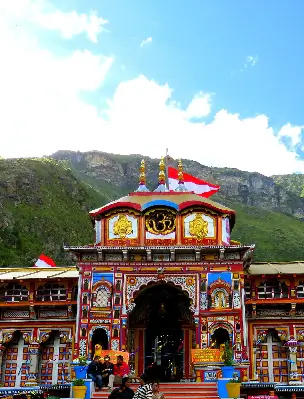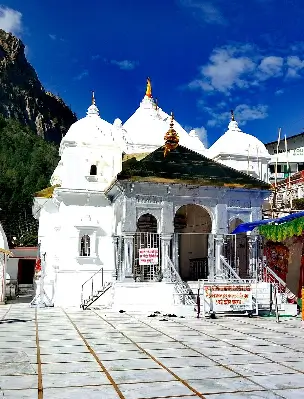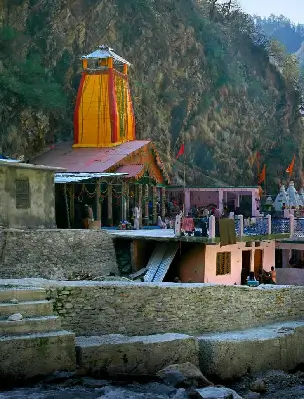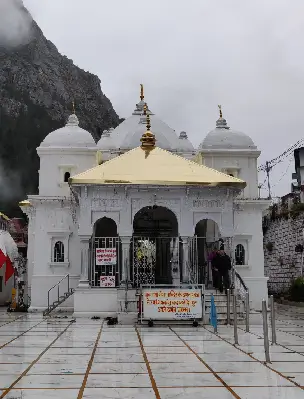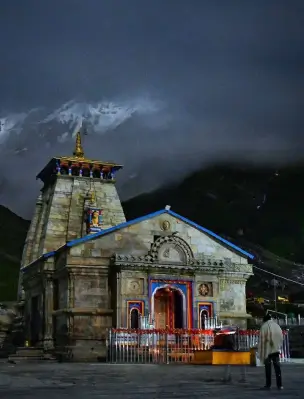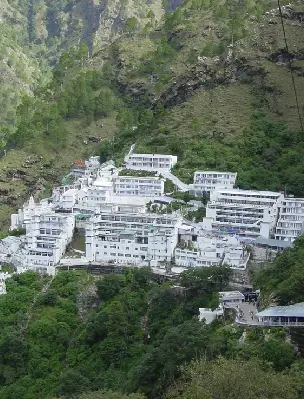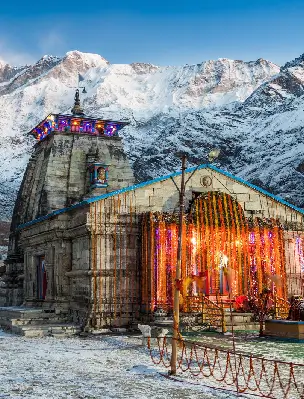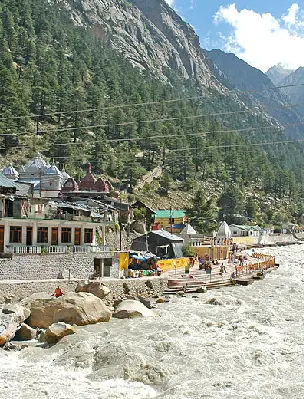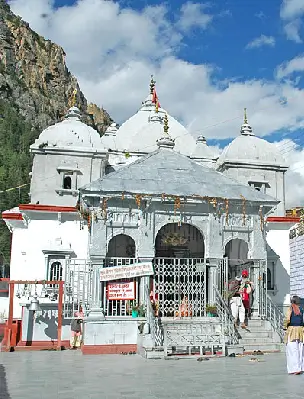Rudranath Temple
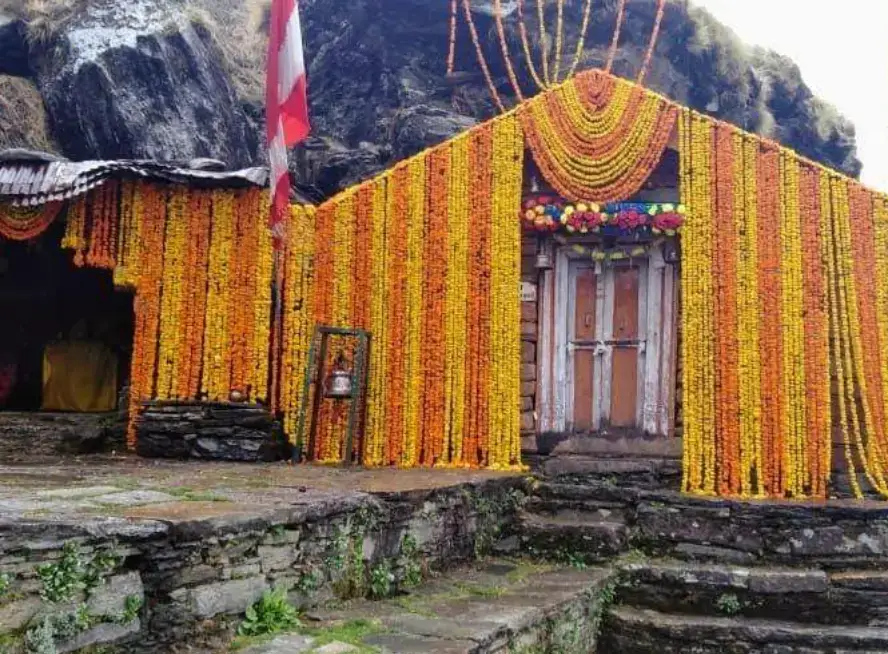
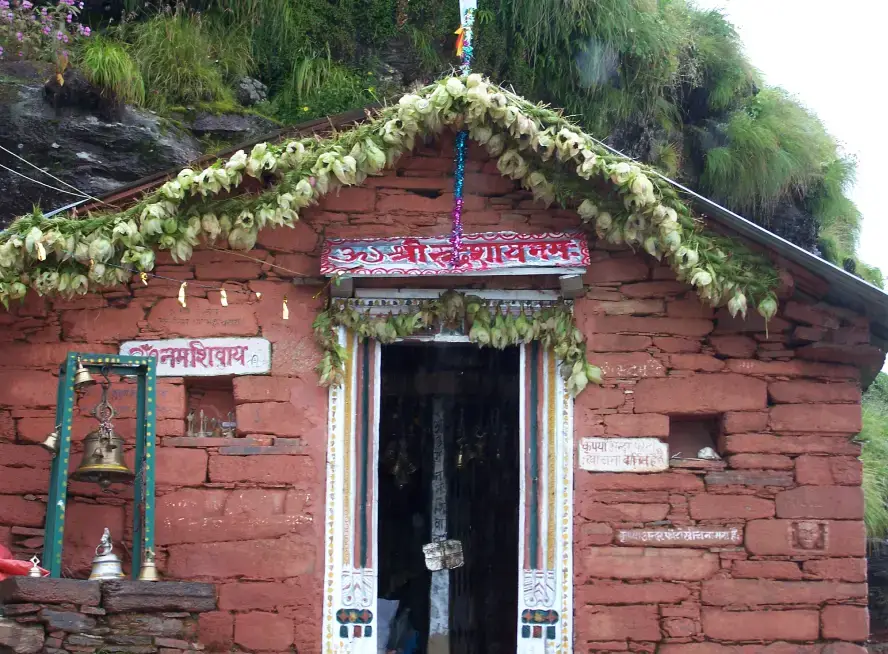
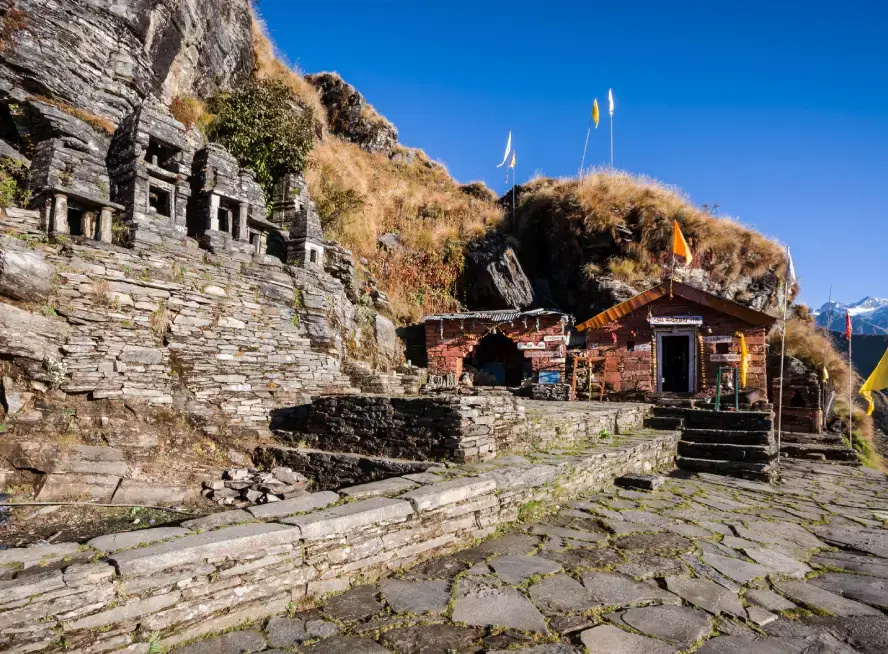
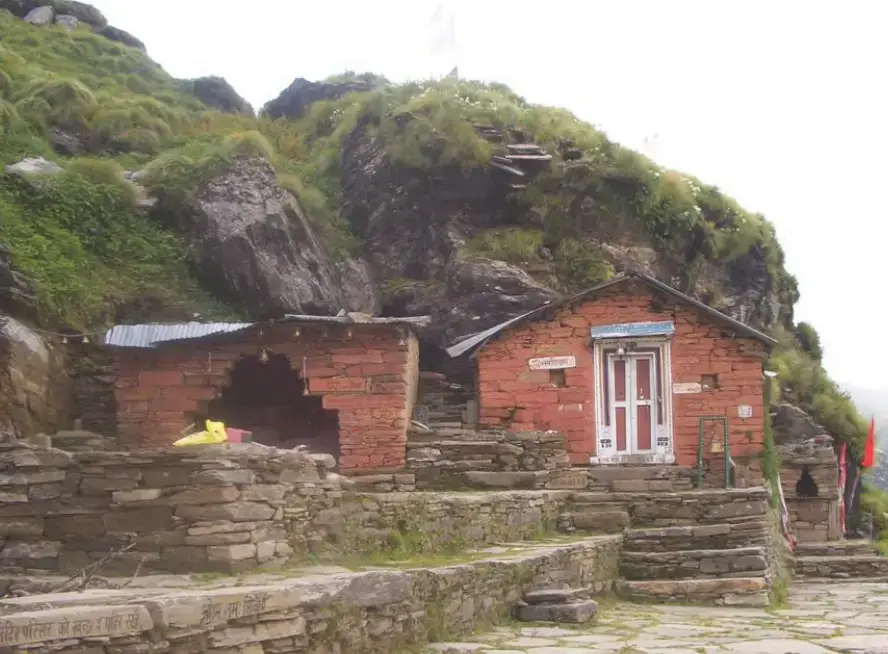
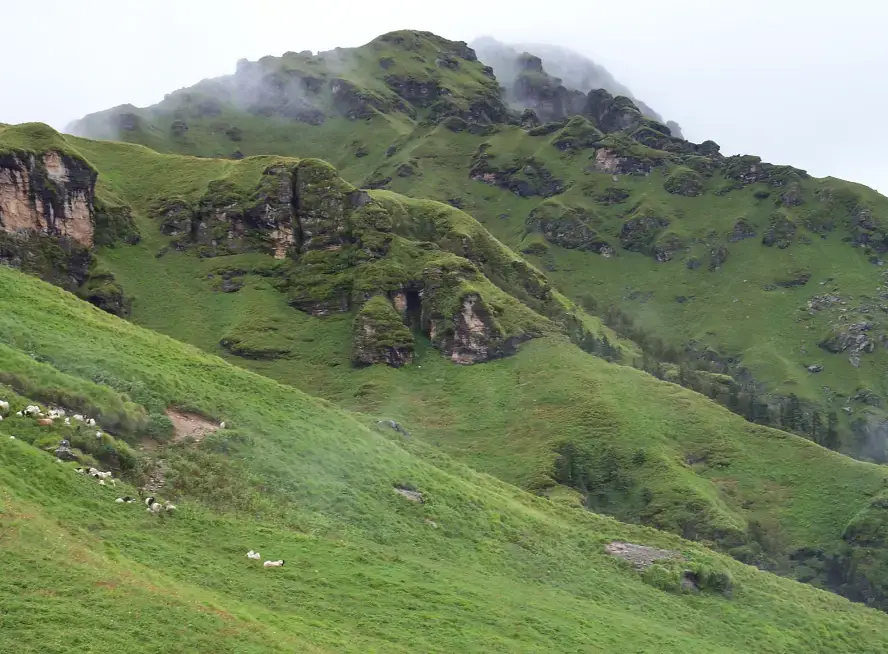
About Shri Rudranath Dham Temple Yatra
Rudranath, a remote temple at a height of 3600 metres (11,800 ft), is considered the toughest Kedar temple to reach. It is one of the five Shiva temples of Uttarakhand collectively called Panch Kedar. Surrounded by lush greenery and a beautiful forest of dwarf rhododendrons, oaks, deodar, and alpine trees, Rudranath Temple is a highly revered temple for people who have faith in lord Shiva. The temple is significant for many reasons including its mention in the ancient Hindu epic Mahabharat and different other legends of old. A Rudranath trek is not only a religious journey but an odyssey into the realm of adventure, serenity, and bloom.
Rudranath Temple is the fourth destination in the journey of the Panch Kedar Yatra circuit which follows in the order of Kedarnath, Madhmaheshwar, Tungnath, Rudranath, and Kalpeshwar. All of these five temples signify a selective part of Shiva. Rudranath Temple represents the Rudra form of Lord Shiva and is also believed to represent the face of Lord Shiva.
Rudranath Temple trek is also the toughest in all the Panch Kedars. The trekking requires a two-day journey passing through wonderful landscapes and unimaginable beauty of Himalayan valleys, making it a highly adventurous and one of the best destinations to visit in Uttarakhand. Read below to get a complete insight into the Rudranath Temple and enlist it as your next travel destination.
The Mythological Background of Shri Rudranath Temple

The mythological belief of Rudranath is associated with the Hindu epic Mahabharat. According to the legend, the five brothers, known as Pandavas, won the battle of Kurukshetra with their cousin brothers, Kauravas. In the battle, Pandavas did fratricide (Gotrahatya) and Brahmanhatya, and sank in remorse after killing their relatives, teachers, and their cousins. Then Lord Krishna guided them to find and ask for penance from Lord Shiva. Pandavs joined the venture to get blessings from Shiva but failed several times as Lord Shiva was upset by their doings and kept running away from Pandavas. At last, when they found him, Lord Shiva decimated himself into five pieces and those parts of his body fell into five destinations. Rudranath Temple is believed to have been built by Pandavas on the location where the face of Lord Shiva fell.
Religious Significance of Shri Rudranath Dham Yatra

Rudranath Temple has a significant religious significance for Shavites (who worship Lord Shiva). It is a part of the Panch Kedar pilgrimage circuit and is the fourth destination to be covered in this journey to 5 pious temples of lord Shiva. According to the mythologies associated with the Mahabharat, the temple depicts the face of Lord Shiva, while according to local beliefs, the Rudranath Temple signifies Lord Shiva in Rudra manifestation (the most vigorous form of Shiva). Worshipping Lord Shiva in this temple is believed to absolve the sins of the person and help them attain salvation.
Opening and Closing Dates of Shri Rudranath Temple

Due to the high altitude of the Himalayas, Rudranath temple becomes inaccessible in the heavy snowfall of winter. Therefore, the temple remains open for six months, followed by a six-month closure for the winter season. Every year, the kapaat (Gates) of Rudranath temple opens in the month of May and again closes in mid-November. The exact opening and closing dates are announced by the priests of Rudranath temple on the auspicious spring festival of Basant Panchami. The opening and closing days are celebrated in the temple with special events, rituals, and a procession. During the closed months, the winter seat of Rudranath stays in the Gopinath temple in Gopeshwar, where the deity is worshipped until the Rudranath temple reopens.
Here are the dates for the opening and closing of the Rudranath Temple for this yatra season:
| Rudranath Temple Opening Date | 18 May 2025 |
| Rudranath Temple Closing Date | Yet to be announced |
How to Reach Rudranath Temple?
- By Road: Rudranath has well-metalled roads up to its nearest villages and towns. Gopeshwar has bus services from different locations in Uttarakhand including Dehradun, Rishikesh, Ukhimath, Rudraprayag, Nainital, Joshimath, Ranikhet, etc. Moreover, Gopeshwar has direct bus services from Delhi.
- By Train: The nearest railway station is the Rishikesh Railway Station which has direct and regular trains from Delhi. You can take a bus or taxi to Gopeshwar from there.
- By Air: Jolly Grant Airport of Dehradun is the nearest which has direct flights from all major cities in India. You can either take a taxi or a bus to Gopeshwar which is 5 kilometres from Sagar Village.
Best Time to Visit Rudranath Temple
Rudranath Temple opens for six months and closes for the other six months due to heavy snowfall and inaccessibility to the temple. The temple stays open between the months of May and November. However, the monsoon months (July and August) experience heavy rain, and the best time to visit Rudranath Temple is May-June and September-October.
Places to Explore with Rudranath Temple Yatra
The pilgrimage site of Rudranath Dham Temple is surely a mesmerizing site but it is not all that the region has to offer. There are some beautiful places that one must explore on a visit to the Rudranath Dham Yatra.
Anusuya Devi Temple
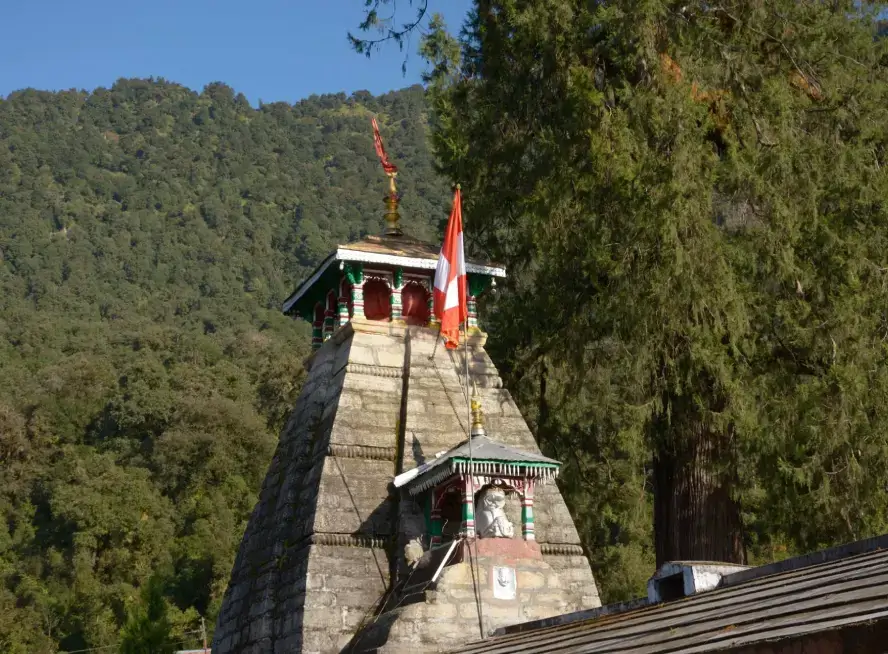
One of the most popular temples in Chamoli and the best place to visit near Rudranath. Anusuya Devi temple is not just popular for its religious significance but also for its beautiful trek. The temple is dedicated to Goddess Sati, wife of Atri Muni, one of the seven sages of Sapt Rishis. The temple has a four-kilometer trek from Mandal village. The trek has some of the most adorable sites you will see in your Rudranath temple journey.
Atri Muni Ashram
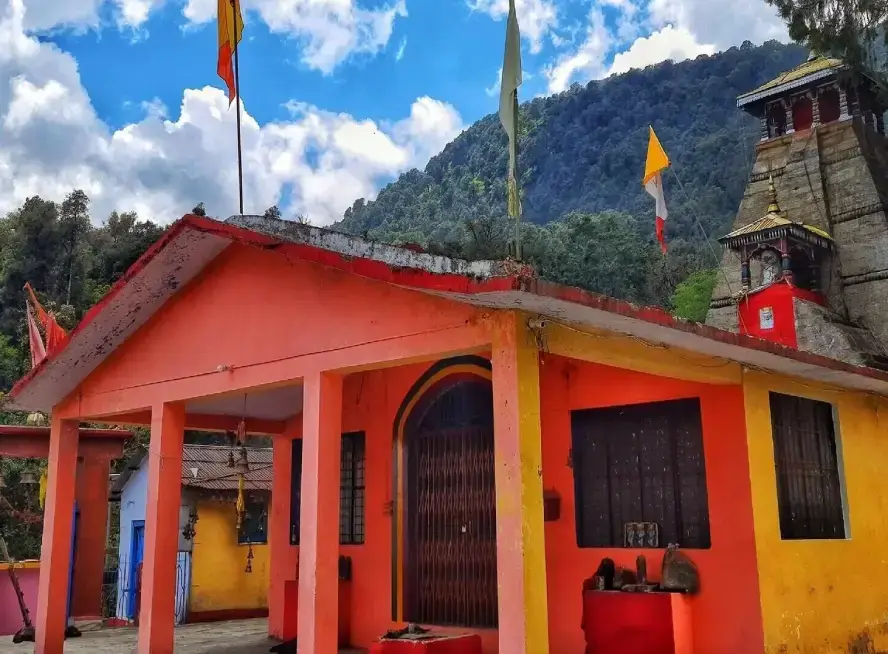
Two kilometres ahead on the trek of Anusuya Devi temple is the Atri Muni Ashram, dedicated to the husband of Goddess Anusuya and one of the seven ages of Sapt Rishi. The Ashram is a cave temple surrounded by the resplendent beauty of greens over hills. The ashram is with a beautiful waterfall.
Kunds/Lakes
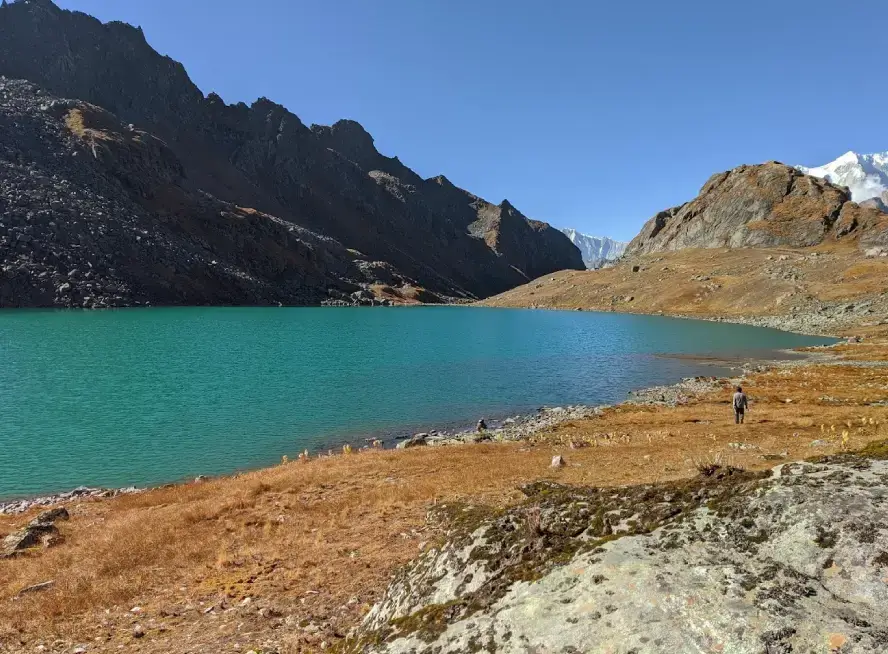
There are several small and big water lakes known as Kund near Rudranath temple. They automatically increase the dynamics of the landscape and add up to the mesmerising beauty. Nandi Kund, the source lake of the Madhyamaheshwar Ganga River, is one huge and beautiful lake. Narad Kund and Saraswati Kund are two small water reservoirs on the trek of Rudranath Temple. A few other kunds near Rudranath temple are the Surya Kund, Chandra Kund, and Tara Kund.
Mandal Village
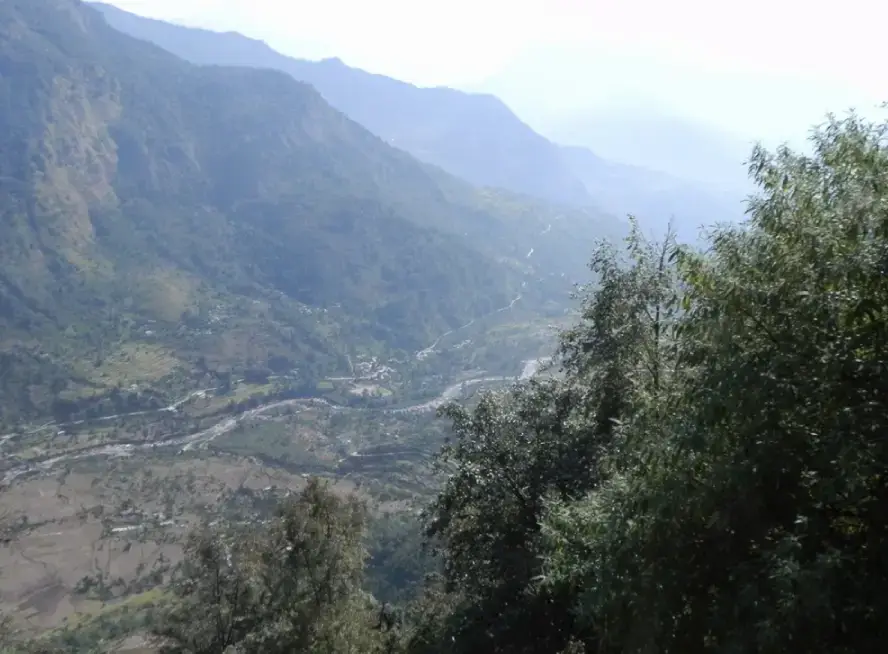
Mandal is a remote village, a little hamlet of beauty in the Chamoli district near Rudranath Temple. However, it is a left-out place yet is a must-visit place near Rudranath Temple. This pristine beauty is located amid the gorgeous topography of lush Himalayan hills. The varied biodiversity around the village is accompanied by dense forests of pine, spruce, and maple.
Sagar Village
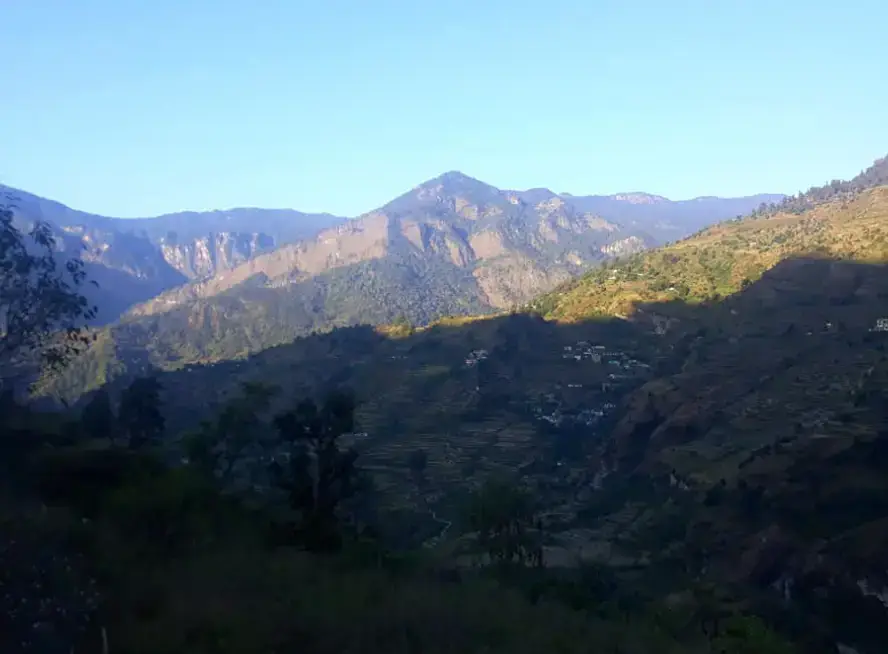
The starting point of the Rudranath Temple trek, Sagar Village is a wondrous and beautiful destination present amidst a thick alpine forest with rhododendrons. Sagar village has several water streams running down the valley, a beautiful sight to witness.
Frequently Asked Questions
The most common trekking route to the temple starts from Sagar village which makes the length of Rudranath trek around 20 kilometres. This trek is covered in two days.
Rudranath Temple stays closed for six months in winter due to inaccessibility. Thus, the best time to visit Rudranath Temple is between the months of May to October.
The Rudranath trek is a moderately difficult trek. It has a high altitude, rugged terrain, and steep climbs.
Popular Tours
Book The Tour
Char Dham Temples
Hotels in Chardham Circuit
Char Dham Tour Packages
- Char Dham Yatra From Delhi
- Chardham Yatra From Mumbai
- Char Dham Yatra From Ahmedabad
- Chardham Tour with Hemkund Sahib
- Chardham Yatra by Helicopter
- Char Dham Yatra with Vaishno Devi & Amritsar
- Chardham Tour with Gomukh Trek
- Char Dham Packages From Bangalore
- Chardham Yatra From Chandigarh
- Char Dham Yatra with Auli
- Char Dham Yatra From Hyderabad
- Char Dham Yatra with Vaishno Devi, Jwalaji & Amritsar
- Char Dham Yatra From Chennai
- Chardham Packages From Bhopal
- Char Dham Yatra by Luxury Vehicle
- Char Dham Yatra with Satopanth Lake
- Char Dham Yatra with Panch Badri Tour
- Char Dham with Valley of Flowers
- Chardham Yatra with Mahavatar Baba and Nainital Tour
Do Dham Yatra
- Badrinath Kedarnath Yatra From Haridwar
- Badrinath Kedarnath Yatra
- Gangotri Yamunotri Yatra
- Gangotri Yamunotri Yatra from Haridwar
- Kedarnath Badrinath Yatra with Hemkund Sahib
- Kedarnath Badrinath Yatra with Valley of Flowers
- Kedarnath, Badrinathdham With Lake Of Nainital
- Yamunotri, Gangotri with Lake of Nainital
Ek Dham Yatra
- Badrinath Pilgrimage Tour
- Kedarnath Pilgrimage Tour
- Gangotri Pilgrimage Tour
- Yamunotri Pilgrimage Tour
- Kedarnath Yatra By Helicopter
- Badrinath Dham Yatra from Haridwar
- Badrinath Yatra with Hemkund Sahib
- Badrinath Yatra with Valley of Flowers
- Gangotri Dham Yatra with Gaumukh
- Kedarnath Dham Vasuki Tal Trek
